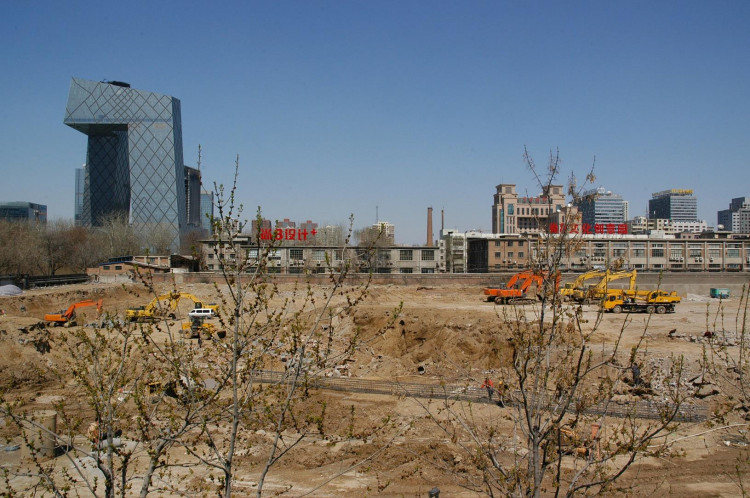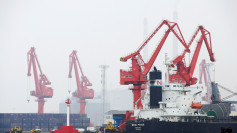The Chinese economy's gross domestic product per capita will breach the $10,000 level it held in 2019, based on a study by The Paper, quoting an official from China's leading economic regulator.
According to the National Development and Reform Commission deputy head Ning Jizhe, during the annual China Macro-Economic Meeting in Beijing on Saturday, China's GDP is projected to exceed the 100 trillion yuan mark ($14.37 trillion) it registered last year.
On a per capita basis, reaching $10,000 not only means China's businesses and household income have risen, it also represents "significant strides in human history," Ning pointed out.
Ning added that some economic indicators such as consumer price index, new job opportunities, individual salaries, and renminbi exchange rates all remained at consistently reasonable levels in 2019.
There were 1.6 billion people with GDP per capita of over $10,000 based on data published by the World Bank in 2018, Ning disclosed.
Earlier, some market analysts have estimated that China's per capita GDP in 2019 would reach the figure reported by the World Bank, representing a significant change for the country's social and economic framework, as well as a new financial turning point.
When China's gross local output per capita - an economy with almost 1.4 billion people - breaches the 10,000 level, a total of 3 billion people will join the ranks, which will play a crucial role in the country's overall stability.
China's 2019 consumer price index - a major barometer for an economy's inflation - rose by almost 3 percent year-on-year.
In the first three quarters of the same period, 12.79 million new local jobs were created, two months ahead of government's target, and exceeding the annual goal of providing more than 11 million new employment opportunities, Ning said.
Meanwhile, improvement in resident per capita disposable income in the same quarter synchronized with overall economic growth. The yuan's exchange rate was basically stable, while overall import and export growth showed significant improvement as well.
Notably, for two consecutive months, China's purchasing managers index for the manufacturing sector remained above 50, a threshold between expansion and contraction.
Chinese factory and infrastructure PMI stood at 50.2 in December, unchanged from November, according to data from the National Statistics Bureau. On January 17, China will report its full year economic growth data.
This marks the second straight month of growth, partly spurred by booming supply and demand as well as growing export orders, said Zhao Qinghe, senior statistician of NBS.






